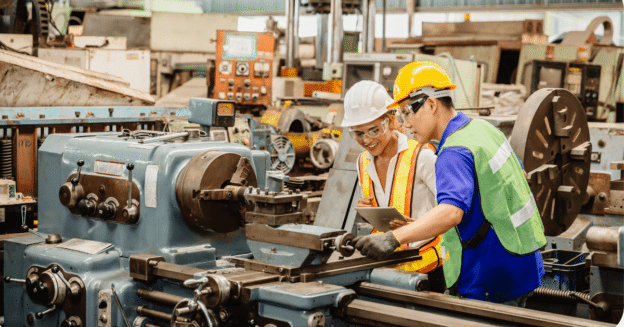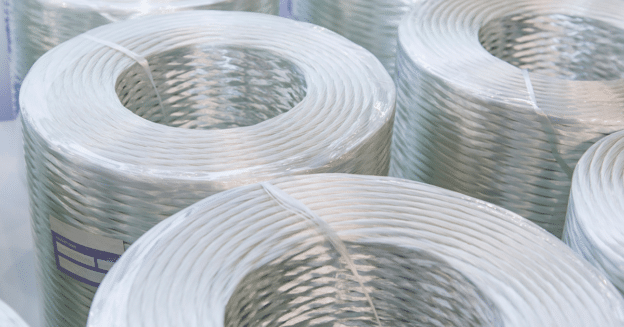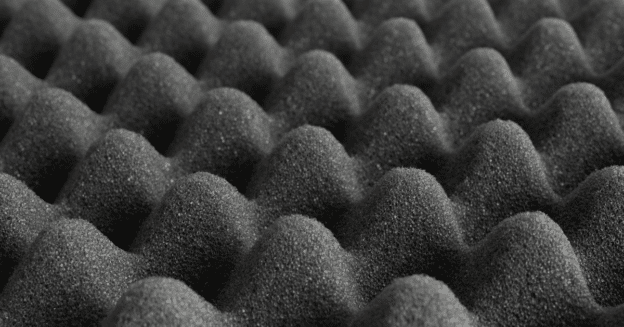All industries, including the food processing industry, use polyurethane in multiple applications. So you may have heard the terms “FDA compliant polyurethane” or “non-compliant polyurethane” thrown around in the industry. But what does FDA compliance really mean and how does it make a difference to your purchase decision for polyurethane? Is it worth choosing non-compliant polyurethane? These are the questions we are going to address here in this post.
What is FDA Compliant Polyurethane?
Polyurethane is a plastic material that is used to make numerous products for household and commercial use. From your car’s seat to the conveyor belts in a manufacturing plant. Polyurethane is an essential material for a lot of products today. It can be either flexible or rigid. And, it offers superior performance, making it the preferred material of choice for manufacturers across different industries.
Polyurethane manufacturers are often asked if their products have been approved by the US Food and Drug Administration (FDA) for use in food contact applications. Suppliers and manufacturers of polyurethane must comply with applicable FDA regulations – if their resin (like polyurethane) products may affect the characteristics of any food that it comes in contact with.
Food Contact Applications
To put it simply, if you want to use polyurethane parts or products to handle any food items, you must only use FDA-compliant polyurethane. A variety of food contact applications use polyurethanes such as:
- Chutes and chute liners
- Seals and gaskets
- Conveyor systems
- Tubing and hoses
- Hoppers
- Adhesives for flexible and rigid food packaging
The FDA has set a limited list of approved polymers that are considered food-grade and are allowed to be used for parts that come in contact with food. So, when you hear the term “FDA compliant polyurethane”, it simply means that that specific polyurethane product is food-grade and safe to use with food items.
At Uniflex Inc., our food-grade or FDA-compliant polyurethane products are certified for both dry and wet applications.
Dry food compliance comes into effect when the food product your component will be interacting with is strictly dry food. This dry food item should not have free surface oils or fats.
Wet food compliance takes effect when a specific component will have repeated contact with fatty or liquid-type foods. This means that regardless of which environment you are processing food in, our polyurethane components can provide you with the reliable solution you need.
What is Non-Compliant Polyurethane?
Not all polyurethane products or parts are in compliance with the FDA requirements. If a generic polyurethane component is not being promoted or sold as “FDA-compliant”, it’s safe to assume that food processing manufacturers can use it.
Polyurethane that doesn’t adhere to the FDA safety regulations could have toxic elements that are not appropriate for humans and animals, especially with regard to food products. For this reason, it is vital to differentiate between compliant and non-compliant polyurethane and make an informed buying decision.
Have a Question? Give Uniflex Inc. a Call!
To design your tailored food-grade polyurethane parts, our expert team of engineers will work with you to determine the right solution for your required application. As with our other solutions, special FDA compliant polyurethane orders come with the shortest lead times and top-notch customer service. Whether you need a custom molded part, replacement part, or an engineering design consultation, Uniflex Inc. can help. Call us at 248-486-6000 or contact us online today.






